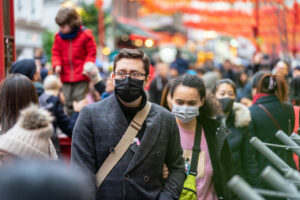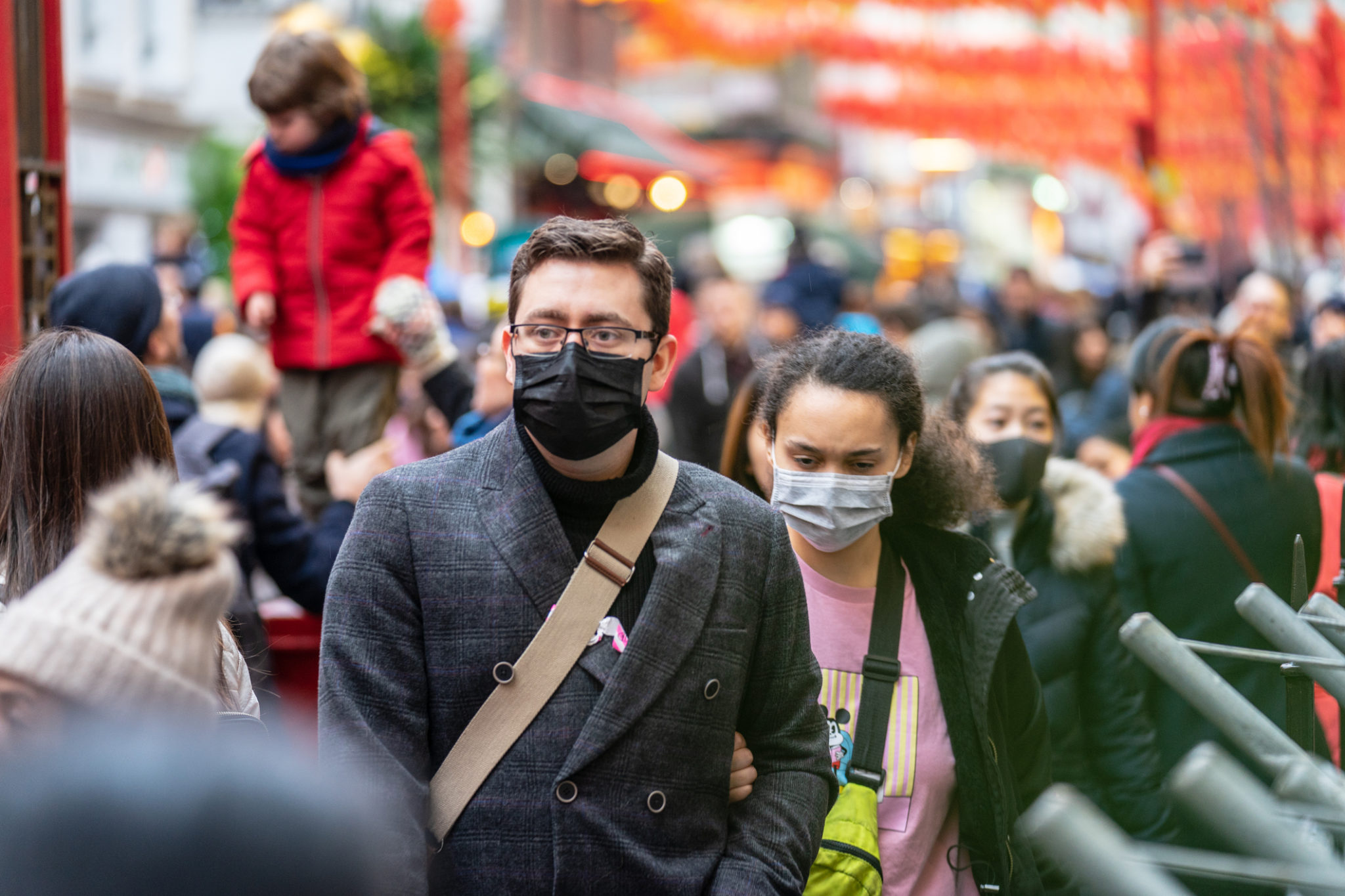The Yale School of Public Health thinks you are likely to get COVID-19
It is almost frightening to think about but in the “You’re Likely to Get the Coronavirus,” Dr. James Hamblin from the Yale School of Public Health explores the likelihood of contracting the most insidious health issue of the past ten years.
Key take-away #1: Milder Symptoms
The avian flu virus (H5N1) with a 60% mortality rate has killed 455 people since 2003; however, because of its severe and sudden symptoms that often lead to death, people are more likely to spring into action and take aggressive containment strategies to limit its spread.
On the other end of the spectrum, milder strains of the flu that have a 0.1% mortality rate, end up killing hundreds of thousands of people each year. The novel coronavirus has a fatality rate of around 2%, and because most cases are mild, people can easily pass it along even when they don’t know they are infected.
Key take-away #2: Containment
Research shows that asymptomatic people also can pass on the coronavirus, furthering the spread to more vulnerable, immunocompromised individuals, such as in the case of when

London, January 26, 2020. People wearing face masks for protecting themself because of the epidemic in China. Selective Focus. Concept of coronavirus quarantine. MERS-Cov, Middle East respiratory syndrome coronavirus, Novel coronavirus 2019-nCoV.
14 Americans disembarked from a Japanese cruise ship feeling just fine, though they’d tested positive for COVID19. Widespread testing of asymptomatic people is needed to confirm predictions about the spread of the disease.
“I think the likely outcomes are that it will ultimately be containable,” says Marc Lipsitch, a Harvard epidemiology professor.
The coronavirus is adept at thriving in humans and has evolved for successful spreading (i.e., it doesn’t typically kill its host). At this rate, it may end up becoming the fifth coronavirus that lingers in the human population.
Key take-away #3: Seasonal Hazard
Lipsitch suggests that the infection rates will hover between 40 to 70% within a year, but most cases will be so mild that they won’t require medical care. In addition, humans don’t seem to develop a robust immunity to the other four existing endemic coronaviruses; if this holds true for the fifth coronavirus, COVID19 may become a predictable seasonal illness.
Key take-away #4: Vaccine Development
- Vaccine development is underway at unprecedented speed, but subsequent trials are needed. Richard Hatchett, CEO of the Coalition for Epidemic Preparedness (CEPI), estimates that it will take 12 to 18 months to develop a reliable, effective, and safe product.
- Market-incentivized vaccine development is a tricky position for vaccine development — because of its R&D cost of hundreds of millions, it is unattainable for start-ups, academics, and federal scientists. Large drug companies have the funds but may lack interest because it’s an unpredictable investment. Supply chains that have been disrupted by COVID19 cause further challenges.
What’s needed for addressing COVID19 and future threats is continual, foundational research, and preparedness for pandemics. The current administration’s cuts to CDC, NIH, and foreign aid funding — all of which are vital to an effective pandemic response — have thrown more hurdles into the mix. Because of the virus’ traits and the perfect storm of containment challenges, COVID19 is now a global issue that will need an ongoing innovation and policy triage to lessen its effects.











